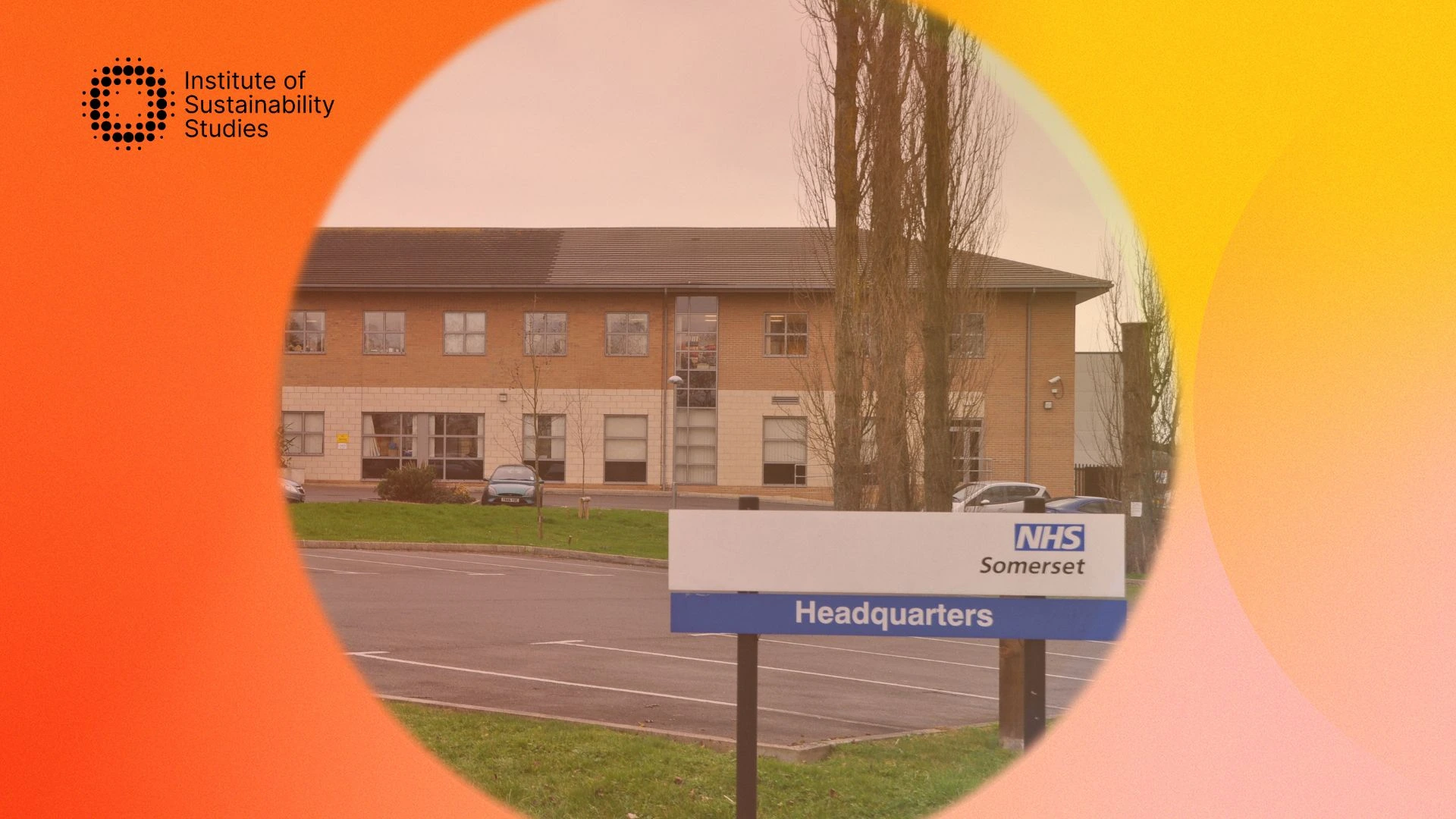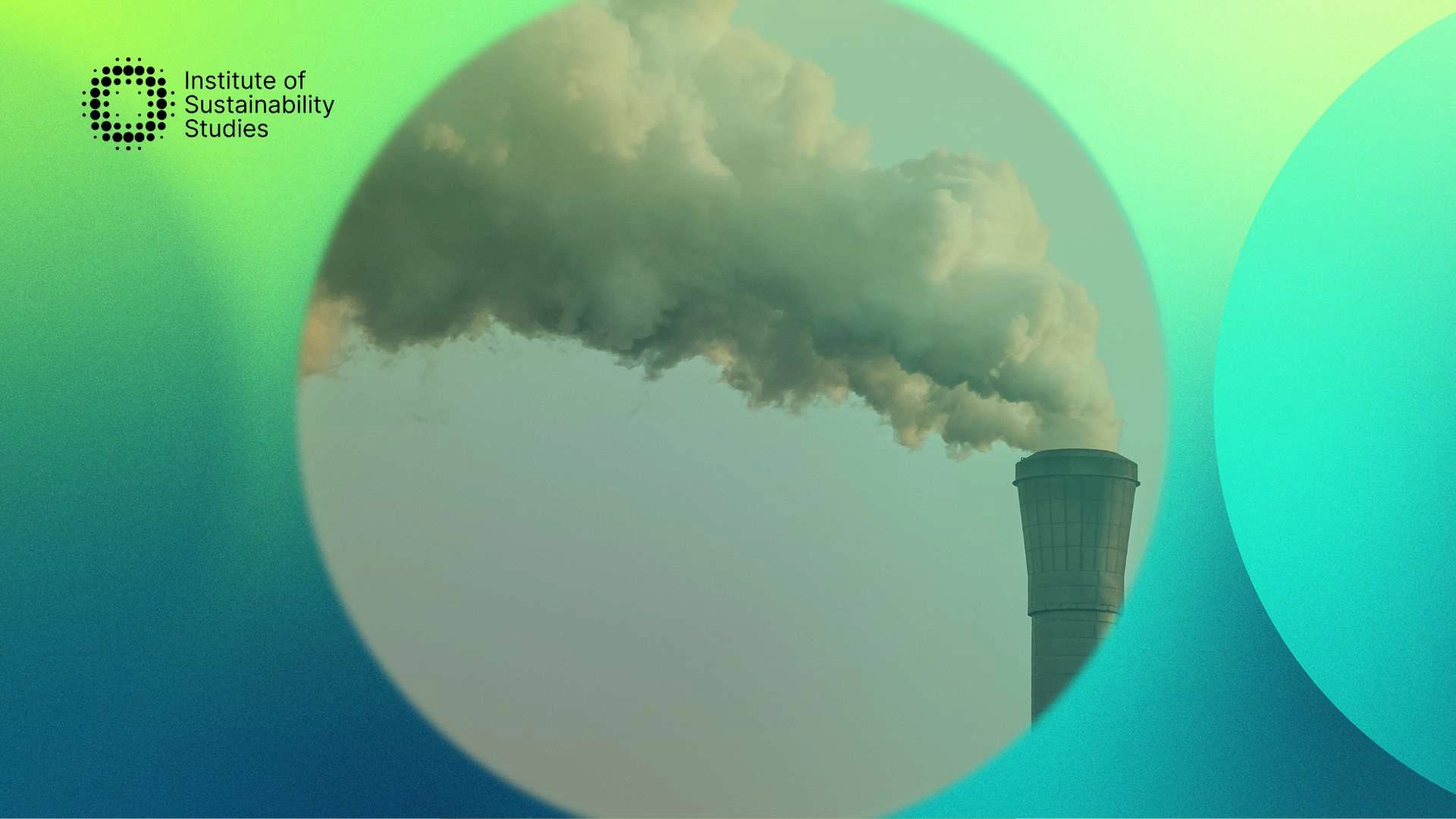A green lease can do much more than simply reduce a building’s environmental footprint. It can also reduce running costs and futureproof occupiers/owners against the transition risk of upcoming regulation. Not to mention, it can enhance a company’s reputation in the market, command greater sale or rent prices and attract talent that value climate action. Incorporating environmental sustainability, green leases embody principles of sustainable development, ensuring a site or structure has a minimal impact on the environment. Continue reading to learn more about what a green lease means and its potential.
What is a green lease?
Put simply, green leases are a form of the lease agreement that aims to align landlord and tenant interests surrounding water conservation, energy efficiency, and various other environmentally friendly measures in the construction, operation, and use of commercial spaces. It is a commercial lease with obligations aimed at making sure the premises are managed and occupied in the most sustainable way possible.
Green lease agreements are widely considered both effective and mutually beneficial. These specialised agreements involve language that requires both tenant and landlord to take actions they may not otherwise be incentivised to pursue, with an ambition of establishing carbon-neutral buildings. There can be a lot of moving parts when it comes to green leases.
In other words, there is no standard, single green lease. Rather, each one is different and will depend specifically on the priorities of the tenant and the landlord. However, there are some common topics green leases could address like data sharing, indoor air quality, waste reduction, and much more. Landlords can also take steps to make current leases greener. It may be a more challenging journey, but it is definitely possible and worthwhile due to the many advantages.
The advantages of a green lease are co-beneficial to tenants and landlords. They include enhanced corporate reputation, lowered operating expenses through efficient use of resources, attractiveness to investors, and finally, increased well-being and occupant performance. Green leases also establish improved and cooperative relationships with stakeholders and allow for the entity to deliver on its own sustainability strategies.
How can tenants and landlords make a lease green?
Making a lease of an older building more sustainable is often deemed very difficult. In a lot of cases, the lease has remained in place for a considerable time and the premises have not been built to a certain energy efficiency standard. Therefore, any changes to the lease and the costs associated will need agreement between the parties. It depends on the lease term left, but it might be more challenging to gain an appetite from the parties to change the persisting lease to bring about new sustainable obligations.
In saying that, increased corporate responsibility, preservation of asset value, social pressure, and impeding changes under environmental obligations and legislation to third-party stakeholders are making the requirement to improve a premises’ sustainability status vitally. The state, age, and kind of the sustainable building, as well as the willingness of all stakeholders to cooperate to bring about positive change, will determine whether or not an existing lease can go green and what shade of green it can go.
Summary
Green leases and green lease agreements can be vital drivers in our transition to a sustainable future. They foster collaboration, drive action, and incentivise commercial building owners and deliverers to ensure properties are energy efficient and have the most minimal impact on the planet, embodying the principles of green buildings.
Dedicated to harnessing the power of storytelling to raise awareness, demystify, and drive behavioural change, Bronagh works as the Communications & Content Manager at the Institute of Sustainability Studies. Alongside her work with ISS, Bronagh contributes articles to several news media publications on sustainability and mental health.
- Bronagh Loughlinhttps://instituteofsustainabilitystudies.com/insights/author/bronagh/
- Bronagh Loughlinhttps://instituteofsustainabilitystudies.com/insights/author/bronagh/
- Bronagh Loughlinhttps://instituteofsustainabilitystudies.com/insights/author/bronagh/
- Bronagh Loughlinhttps://instituteofsustainabilitystudies.com/insights/author/bronagh/











